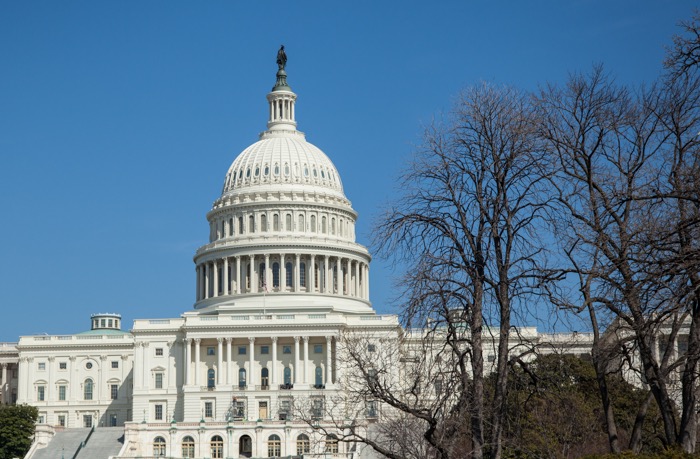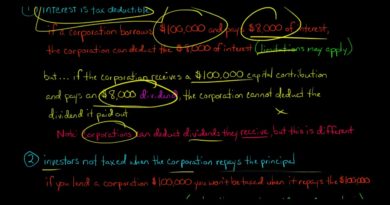What Are Starter 401(k) Plans Under the Secure 2.0 Act?
QUESTION: We heard that the Secure 2.0 Act creates a new type of plan called a starter 401(k) plan. Can you tell us more about these plans?
ANSWER: The Secure 2.0 Act establishes a new type of retirement plan called a “starter 401(k) deferral-only arrangement” (also called a starter 401(k) plan), effective for plan years beginning after December 31, 2023. A starter 401(k) plan is a cash or deferred arrangement maintained by an eligible employer that meets certain requirements relating to automatic enrollment, eligibility, and contributions.
An employer is eligible to offer a starter 401(k) plan if neither the employer nor a predecessor employer maintains another qualified retirement plan for the year in which the plan is offered. There is a limited exception for an employer that maintains a plan in which the only participants are employees covered by a collective bargaining agreement (CBA). A transition rule applies in the event of corporate transactions such as acquisitions.
Under a starter 401(k) plan, each eligible employee is automatically treated as having elected to make elective contributions of at least 3% and not more than 15% of compensation, as specified in the plan. All employees of the employer must be eligible, except that the employer is permitted to impose age and service requirements and to exclude employees covered by a CBA. Eligible employees may affirmatively elect not to participate in the plan or may elect to contribute at a different level.
The maximum contribution for any employee for a calendar year is $6,000, as indexed. Catch-up contributions are permitted for employees aged 50 or over, up to $1,000, as indexed (a change made by the Secure 2.0 Act; see our Checkpoint article).
Only employee elective contributions are permitted under a starter 401(k) plan. Thus, an employer may not make matching or nonelective contributions. A starter 401(k) plan is treated as automatically satisfying the actual deferral percentage (ADP) nondiscrimination test and is not treated as a top-heavy plan.
For more information, see EBIA’s 401(k) Plans manual at Sections II (“Overview: What Is a 401(k) Plan?”) and XXII (“Nondiscrimination: ADP and ACP Safe Harbor Plan Designs”).
Contributing Editors: EBIA Staff.






